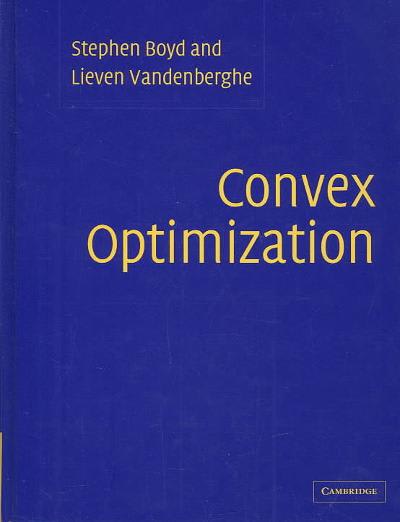Question
Question 2 A group of researchers wish to learn whether online safety training is as effective as in-person training. The researchers randomly assigned a group
Question 2
A group of researchers wish to learn whether online safety training is as effective as in-person training. The researchers randomly assigned a group of 20 workers to two groups, and had one group complete online training and the other complete in-person training. The same post-quiz was given to both groups.
The researchers are testing whether the delivery of the training material may be a factor in ability of the student to correctly answer the questions on the post-quiz. Their hypothesis is: The mean grade of those completing the online training is different than the mean grade of those completing the in-person training.
A t-test can be used to test the probability that the two means do not differ. The alternative is that the means differ. Post-quiz grades from both groups are as follows:
| Group A - Online | Group B - In Person |
| 83 | 73 |
| 78 | 81 |
| 75 | 72 |
| 68 | 67 |
| 70 | 98 |
| 62 | 66 |
| 89 | 74 |
| 95 | 79 |
| 72 | 60 |
| 97 | 97 |
This is a two-tailed test because the researcher is interested in whether delivery mode affects grades.
- Describe your statistical results in narrative (sentence)
- Interpret the results of each statistically analysis (do you reject the null; do you accept the null?). Explain in lay terms what rejecting/accepting the null means in your case.
- Look at the means of each group. Is this what you expected the outcome to be?
- What are some limitations of using the outcome of these test results? What might some additional variables be that weren't accounted for? Is this sample size powerful enough to make a determination about the larger population?
Step by Step Solution
There are 3 Steps involved in it
Step: 1

Get Instant Access to Expert-Tailored Solutions
See step-by-step solutions with expert insights and AI powered tools for academic success
Step: 2

Step: 3

Ace Your Homework with AI
Get the answers you need in no time with our AI-driven, step-by-step assistance
Get Started


